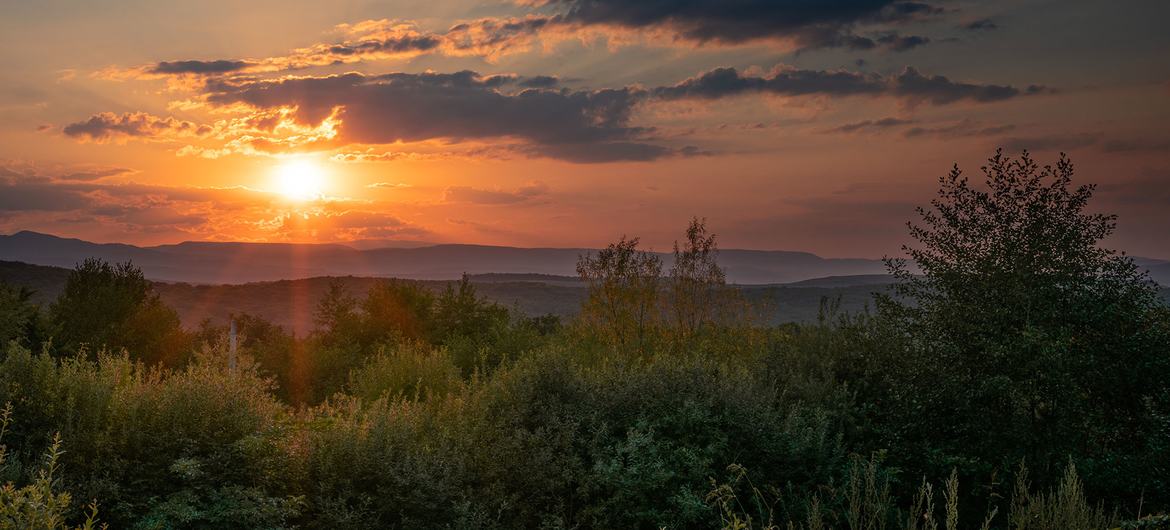Temperatures in Europe have increased at more than twice the global average over the past 30 years – the highest of any continent in the world. As the warming trend continues, exceptional heat, wildfires, floods and other climate change impacts will affect society, economies and ecosystems, according to a report released Wednesday by the World Meteorological Organization (WMO)
 KRC TIMES Desk
KRC TIMES Desk


The State of the Climate in Europe report produced jointly with the European Union’s Copernicus Climate Change Service focused on 2021.
It provides information on rising temperatures, land, and marine heatwaves, extreme weather, changing precipitation patterns and retreating ice and snow.
Glacier melt
The report says that between 1991 and 2021, temperatures in Europe warmed significantly, at an average rate of about +0.5 °C per decade. As a result, Alpine glaciers lost 30 metres in ice thickness from 1997 to 2021.
The Greenland ice sheet is melting and contributing to accelerating sea level rise. In the summer of 2021, Greenland saw a melt event and the first ever recorded rainfall at its highest point, Summit station.
Deadly heat
In 2021, high impact weather and climate events led to hundreds of fatalities, directly affected more than half a million people, and caused economic damages exceeding $50 billion. About 84 per cent of the events were floods or storms.
As the climate continues to change, European people’s health is expected to be impacted in many ways, including death and illness from increasingly frequent extreme weather events.
Increases in zoonoses, where diseases are transmitted to humans from animals, are also expected along with food, water and vector-borne diseases, and a rising incidence of mental health disorders.
The deadliest extreme climate events in Europe come in the form of heat waves, particularly in western and southern countries.
The combination of climate change, urbanization, and population aging in the region creates, and will further exacerbate, vulnerability to heat.
Success stories

However, the report indicates that it’s not all bad news. A number of countries in Europe have been very successful in cutting greenhouse gas emissions. In particular, in the European Union (EU) greenhouse gas emissions decreased 31 per cent between 1990 and 2020, with a net 55 per cent reduction target for 2030.
Europe is also one of the most advanced regions in cross-border cooperation in climate change adaptation, in particular across transnational river basins.
It is one of the world leaders in providing effective early warning systems, with about 75 per cent of people protected. Heat-health action plans have saved many lives from extreme heat.
‘Live picture of a warming world’
But the challenges are formidable, said WMO Secretary-General Petteri Taalas: “Europe presents a live picture of a warming world and reminds us that even well-prepared societies are not safe from impacts of extreme weather events. This year, like 2021, large parts of Europe have been affected by extensive heatwaves and drought, fuelling wildfires. In 2021, exceptional floods caused death and devastation.”
“On the mitigation side, the good pace in reducing greenhouse gases emissions in the region should continue and ambition should be further increased. Europe can play a key role towards achieving a carbon neutral society by the middle of the century to meet the Paris Agreement,” said Mr. Taalas.
The report, issued ahead of the annual UN Climate Change Conference COP27, in Sharm-El Sheikh, includes input from national meteorological and hydrological services, climate experts, regional bodies and UN partner agencies.


